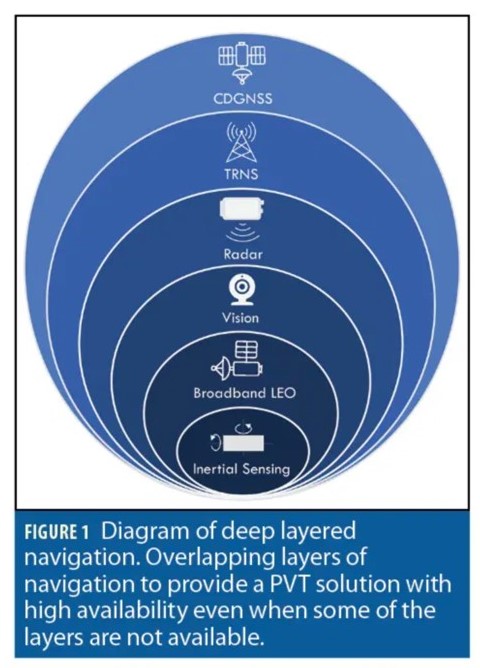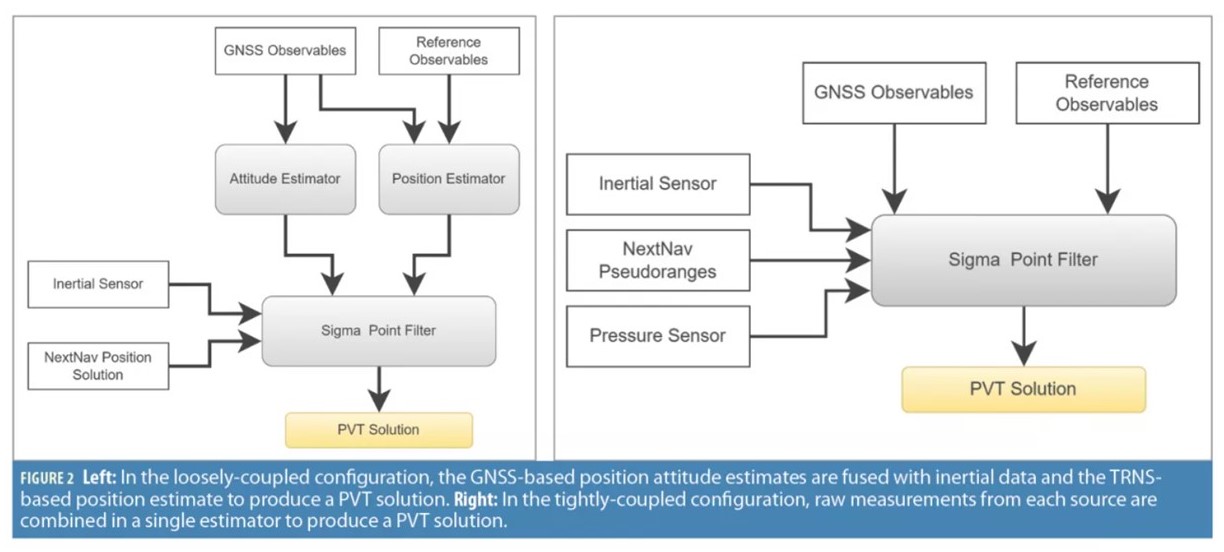Image: Univ of Texas
Blog Editor’s Note: If commercial aviation had a 99.9% safety record, in a normal year there would be 4,000 plane crashes around the world every day.
That’s why each component of a safety of life system is built to the most rigorous of standards and for the highest reliability. It is only with multiple robust components, redundant systems supporting each other, and regular human intervention with maintenance and other checks that aviation is able to maintain a safety record that makes it acceptable for people to use almost without a second thought.
In the article below, Prof Todd Humphreys asserts the critical navigation systems for Urban Air Autonomy have to have multiple layers of robustness in order to be sufficiently reliable and safe. These layers are, he says:
 Carrier-phase-differential Global Navigation Satellite Systems
Carrier-phase-differential Global Navigation Satellite Systems- Terrestrial Radio Navigation System
- Radar
- Vision
- Broadband Low Earth Orbiting PNT
- Inertial
The public policy question then, in our view, if we want urban air mobility, or even just safe drone operations, who is going to pay for these systems?
Clearly governments are paying for GNSS. And vehicle owners and operators will have to pay for the radar, vision, and inertial systems for the vehicles.
But what about Terrestrial Broadcast, and Low Earth Orbit PNT? Will governments provide those as free utilities/infrastructure like it does GNSS and stimulate development of the sector so it can grow as much as possible? And, by the way, other parts of the economy could use and build upon these also.
Or will governments leave yet another set of obstacles in the paths of what are already very challenging endeavors?
(Guess which path China has taken and is already executing.)
Graphics in Figures 1 and 2 courtesy Prof. T. Humphreys and Univ. Texas
Note PVT = Positioning, Velocity, and Timing

Well done, Todd! Another great piece based on realistic policy principles and superb engineering analysis.



